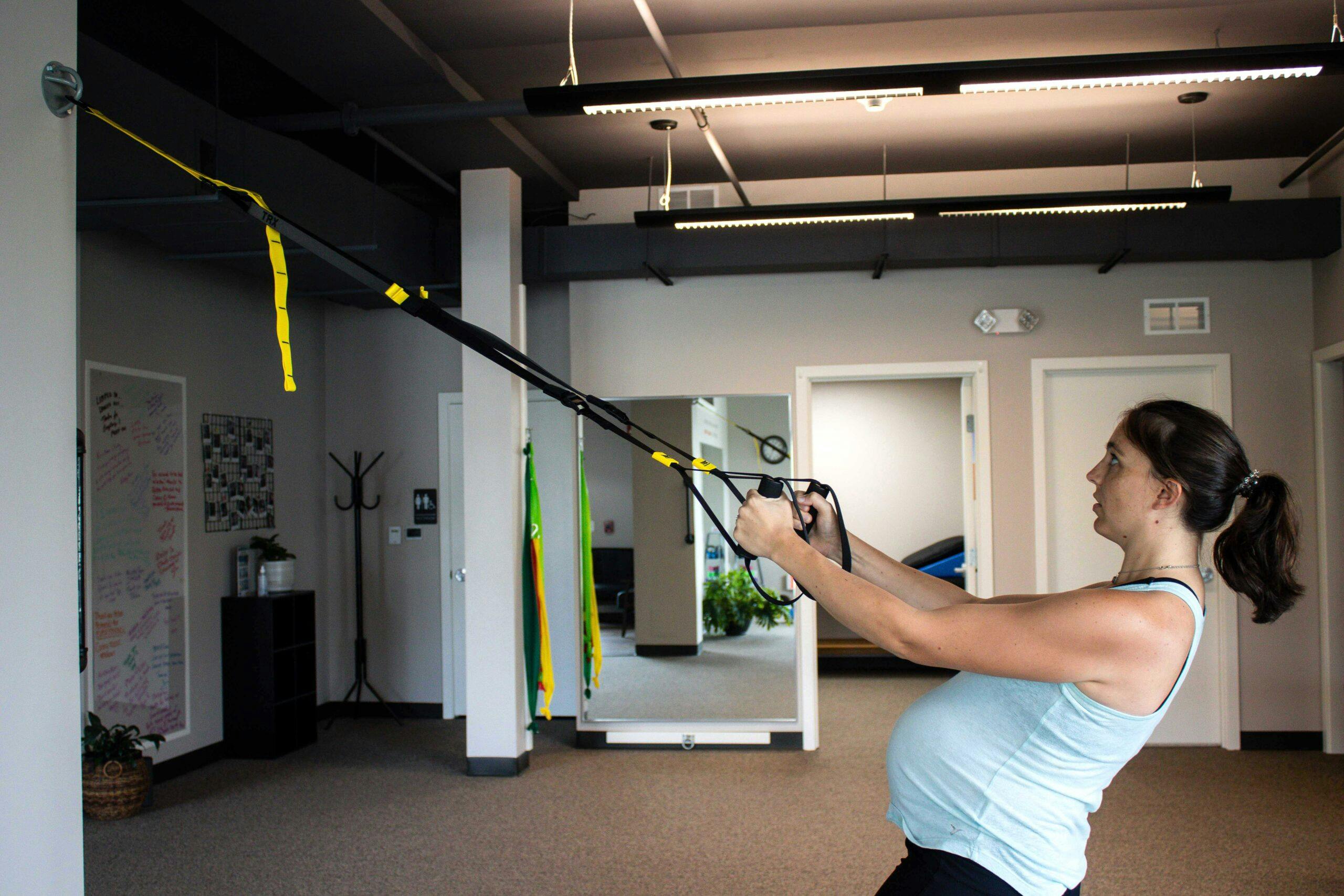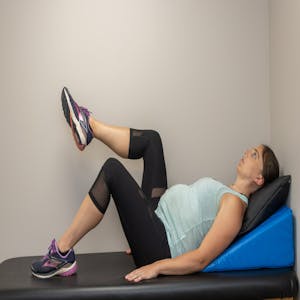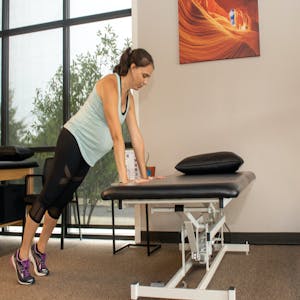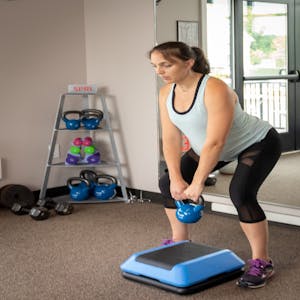
It’s true, pregnancy is overwhelming. Your body is changing by the minute and sometimes it feels like there is no sense of control as to what will happen next! However, in this time of change, one thing is certain…you can continue to maintain a strong core and pelvic floor to
ensure a more successful pregnancy. Read more to learn the top exercises for maintaining a strong core and pelvic floor during pregnancy.
Top Benefits for Strengthening Your Pelvic Floor While Pregnant
Reduced pain: Maintaining core and pelvic floor strength allows your body to support your growing baby bump. Core and pelvic floor muscles protect your back and distribute a load of your little one by cradling him/her like a hug! In addition, having a good stretching program for
your spine and hips will prevent pain in the legs.
Reduced risk for injury: Strength helps combat ligament flexibility which is common during pregnancy. Being overly flexible in your pelvis or spine can cause strain with simple tasks like bending over, standing on one leg, or lifting objects
Easier childbirth: Having a strong core and pelvic floor muscles will come in handy when it is time to deliver by providing the oomph needed for a successful pushing technique. In addition, maintaining your strength helps give you the endurance you need if your labor is long.
Enhanced recovery: Keeping your core strong during pregnancy means the muscles will be able to quickly recover after the baby arrives. In addition, you’ll feel stronger when you lift your new little one for all the snuggles.
Top 5 Exercises:

Consider these exercises to keep yourself strong. Before starting an exercise program while
pregnant, please consult with your OBGYN or medical provider.
Core March:
Lie on your back with both legs bent. Create tension in your abdomen as if you were going to
take a karate chop in your belly. Maintain this tension as you breathe easily. Lift one leg at a
time and lower down while keeping your stomach strong. Repeat the other side. For a more
advanced exercise, lift one leg then the other so both legs are at 90 degrees. Repeat 8-10
times each side.

Cat/Camel Stretch:
On hands and knees, inhale as you gently look up to the ceiling as you let your stomach fall
towards the bed. Then exhale and tuck your head down and round your spine up toward the
ceiling. Repeat 6-8 times to open your pelvis and spine.


Seated Hip Stretch:
Sit on the edge of a chair or bed. Cross one leg onto the opposite knee and gently press your
knee down towards the floor. Gently lean forward. Hold for 30 seconds, repeat two times on each
side. This stretch helps to reduce pain in the legs.

Plank:
Place hands on a raised surface like the foot of a bed or a countertop. Tuck shoulders into your back pockets then create tension in your stomach. Step one foot back, then the other to a plank position. With wide feet, alternate touching one hand to the opposite shoulder. Repeat 6-8 times on both sides. For more of a challenge, perform on the floor.

Deadlift:
Lifting is very safe when pregnant if done with good form. Stand with feet a comfortable distance apart directly over the weight you intend to lift. Tuck shoulders into back pockets and create tension in your stomach. Bend by sending your hips backwards as if sitting into a chair. Lift the weight as you exhale to full standing. Repeat 8-12 times.
Conclusion:
If any exercises or activities are causing you pain, please consult a pelvic floor physical therapist so that we can get you strong and ready for your little one to arrive. For a free consultation on your pelvic floor, please visit our website
